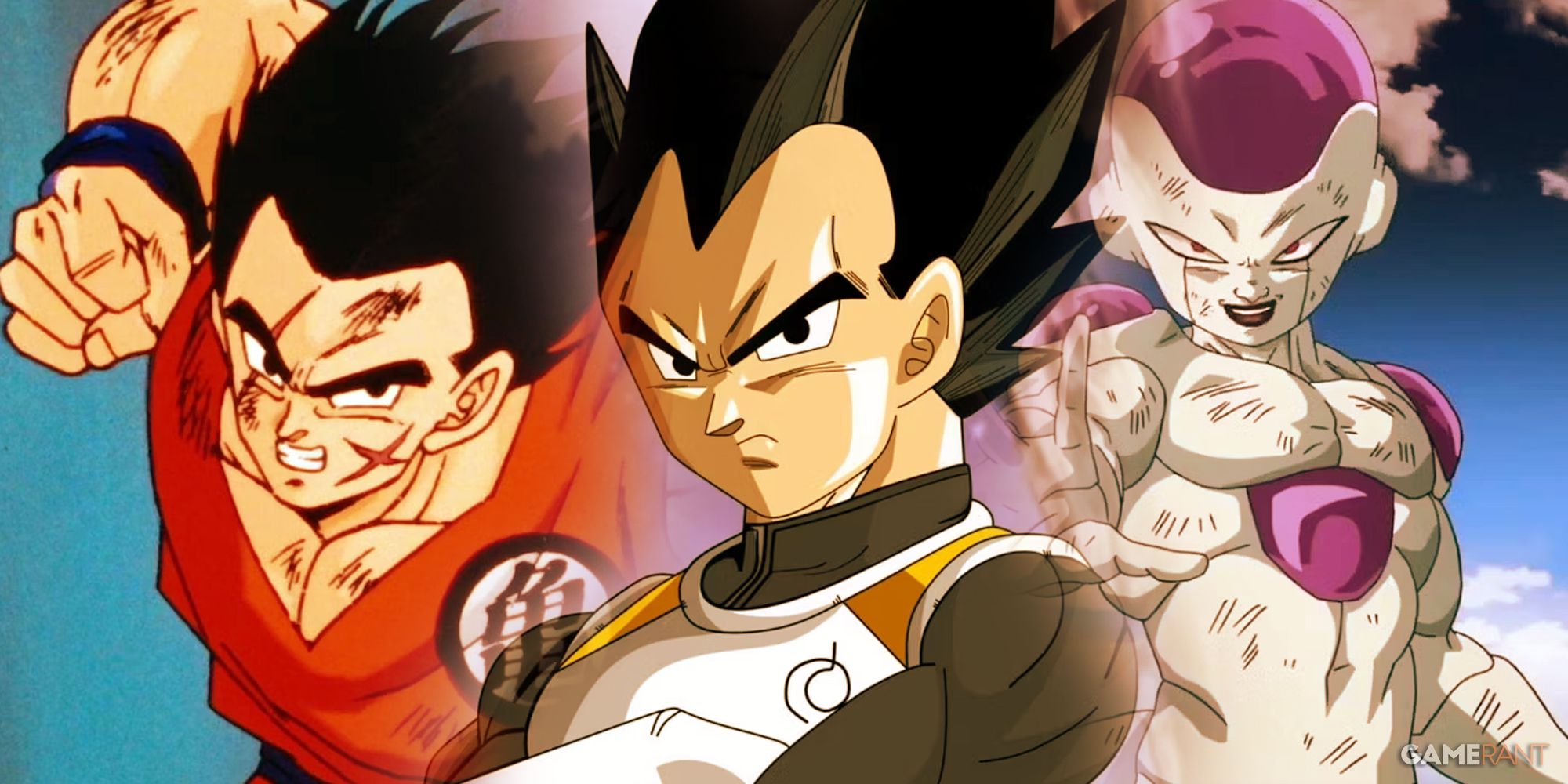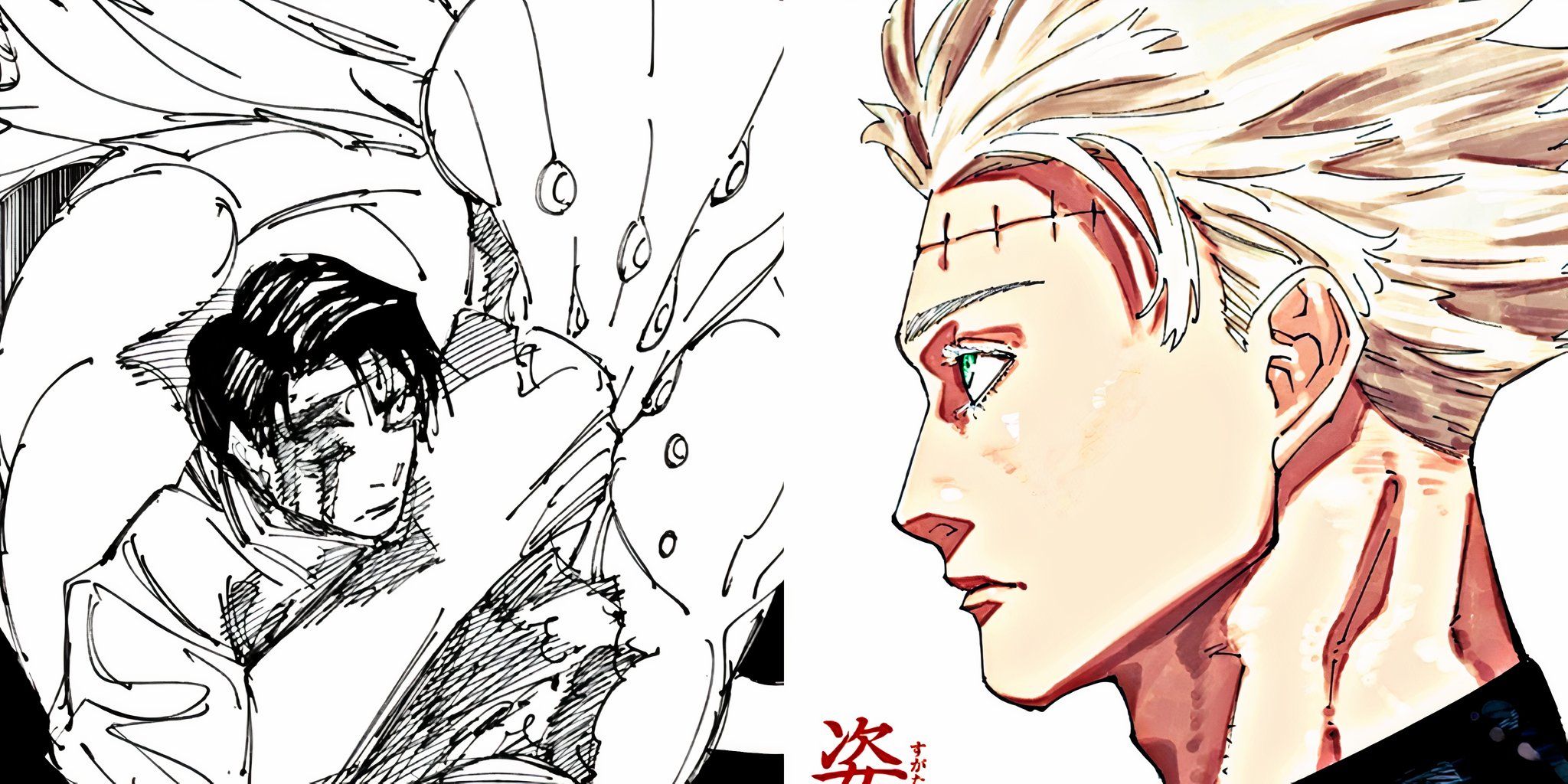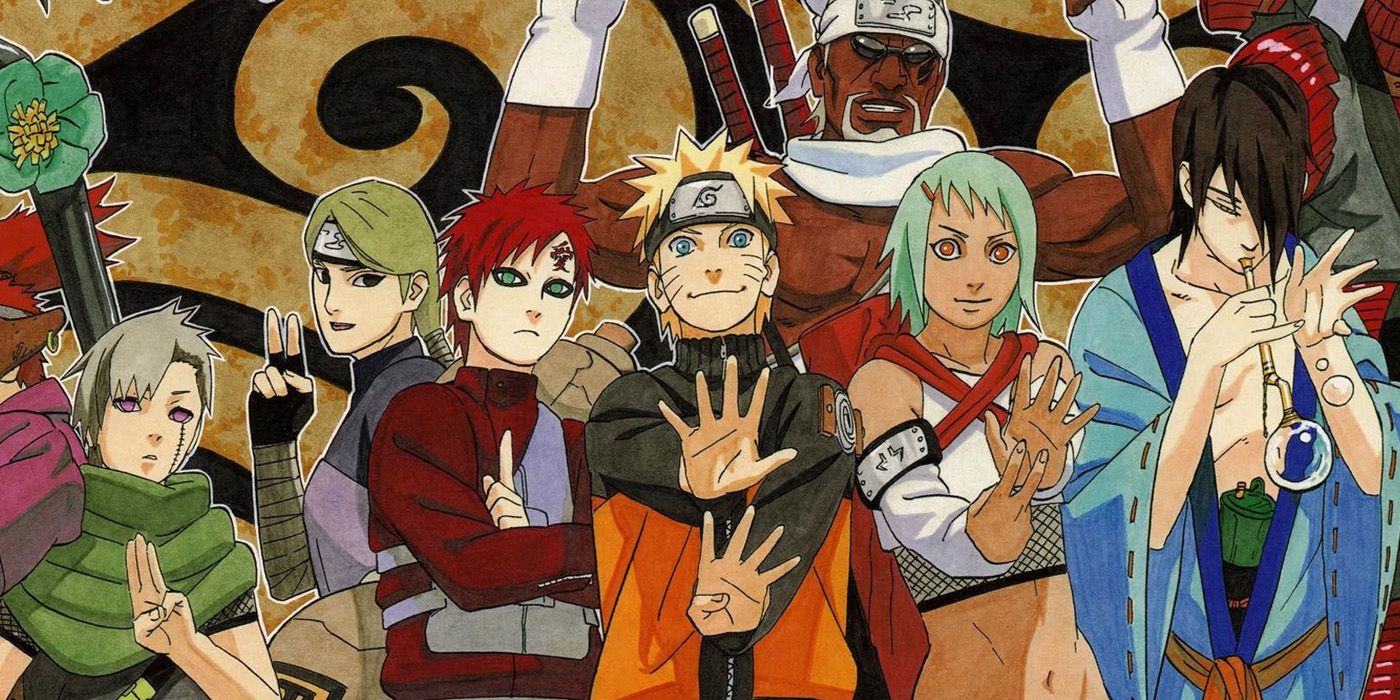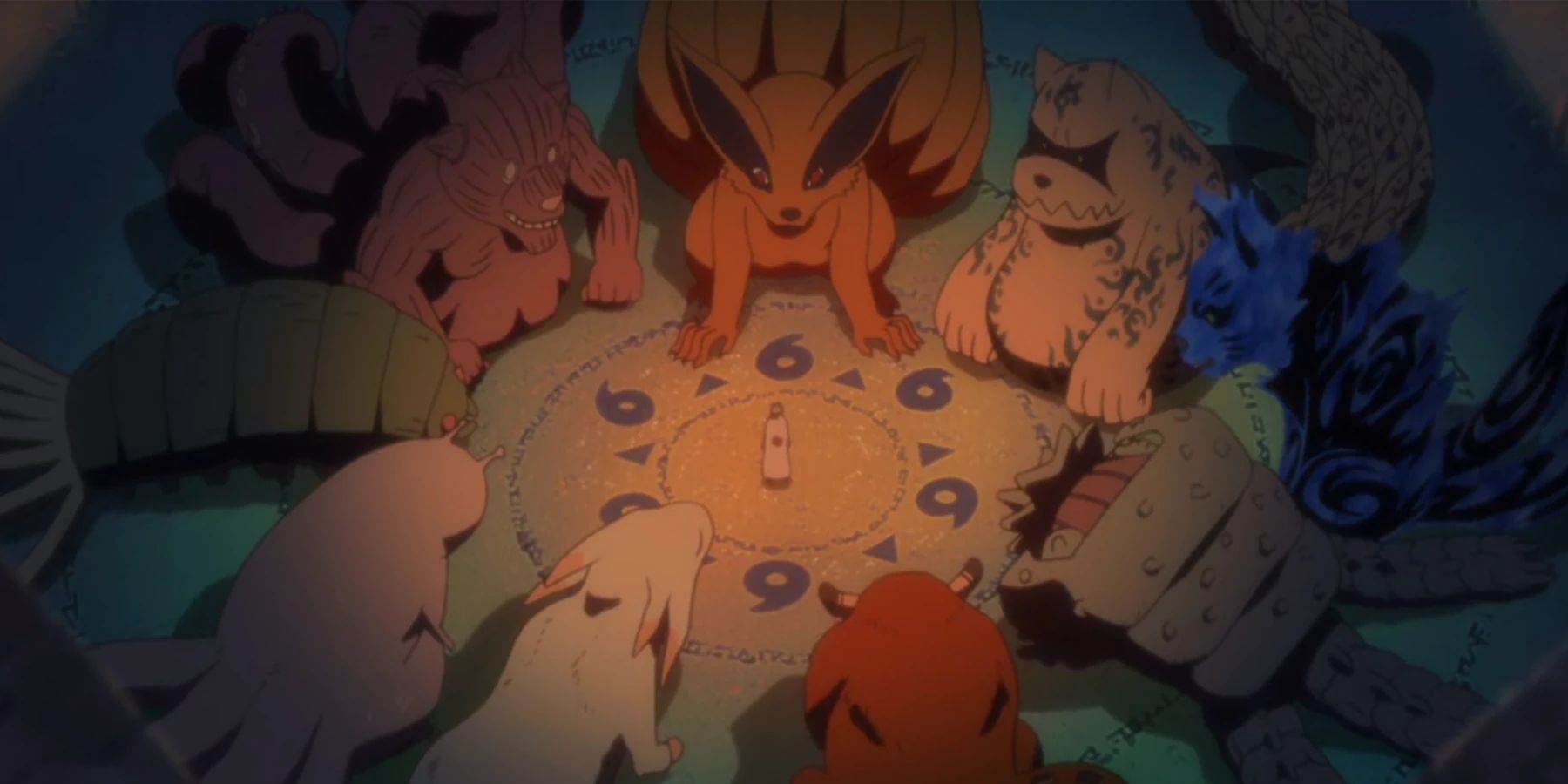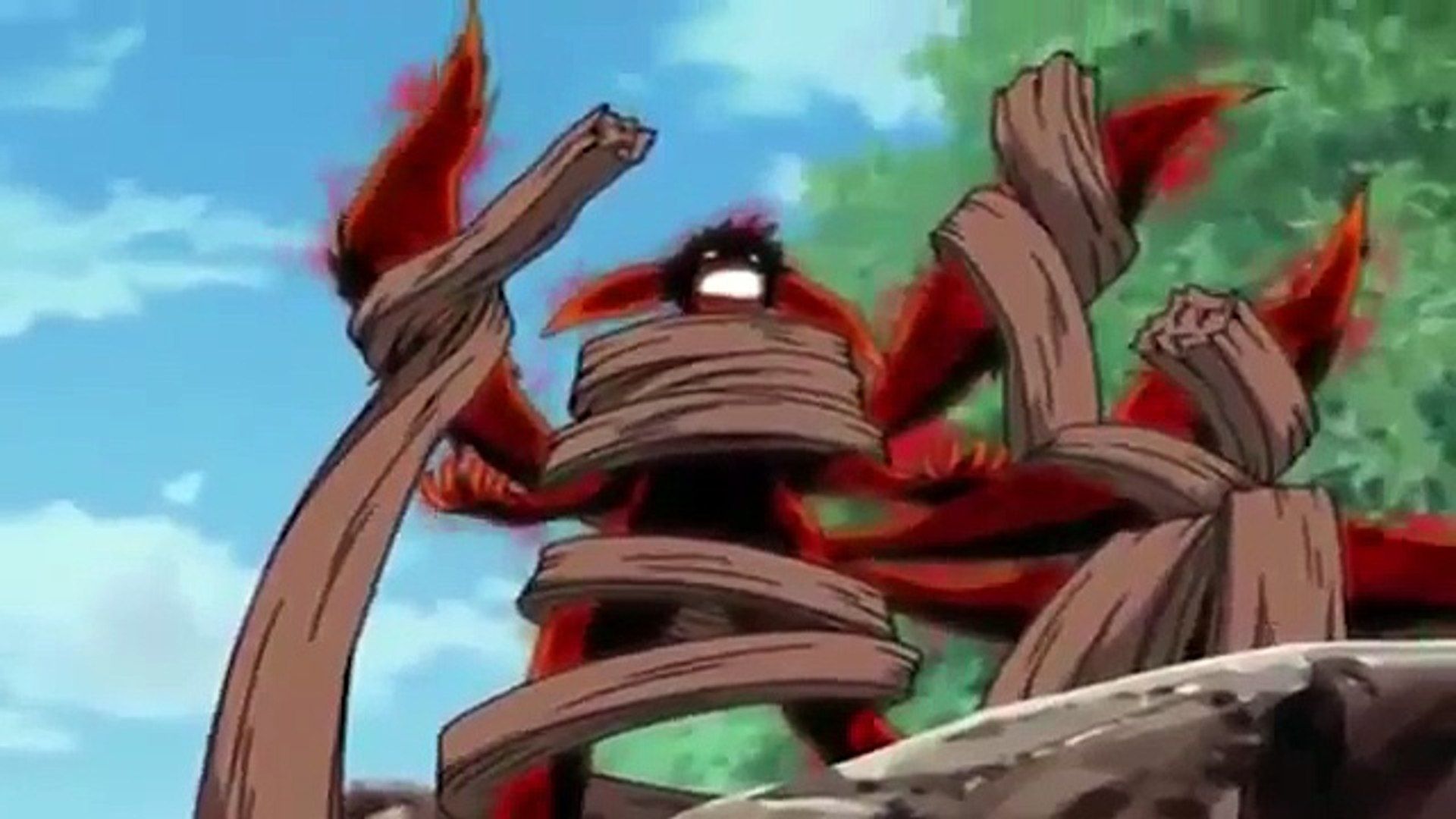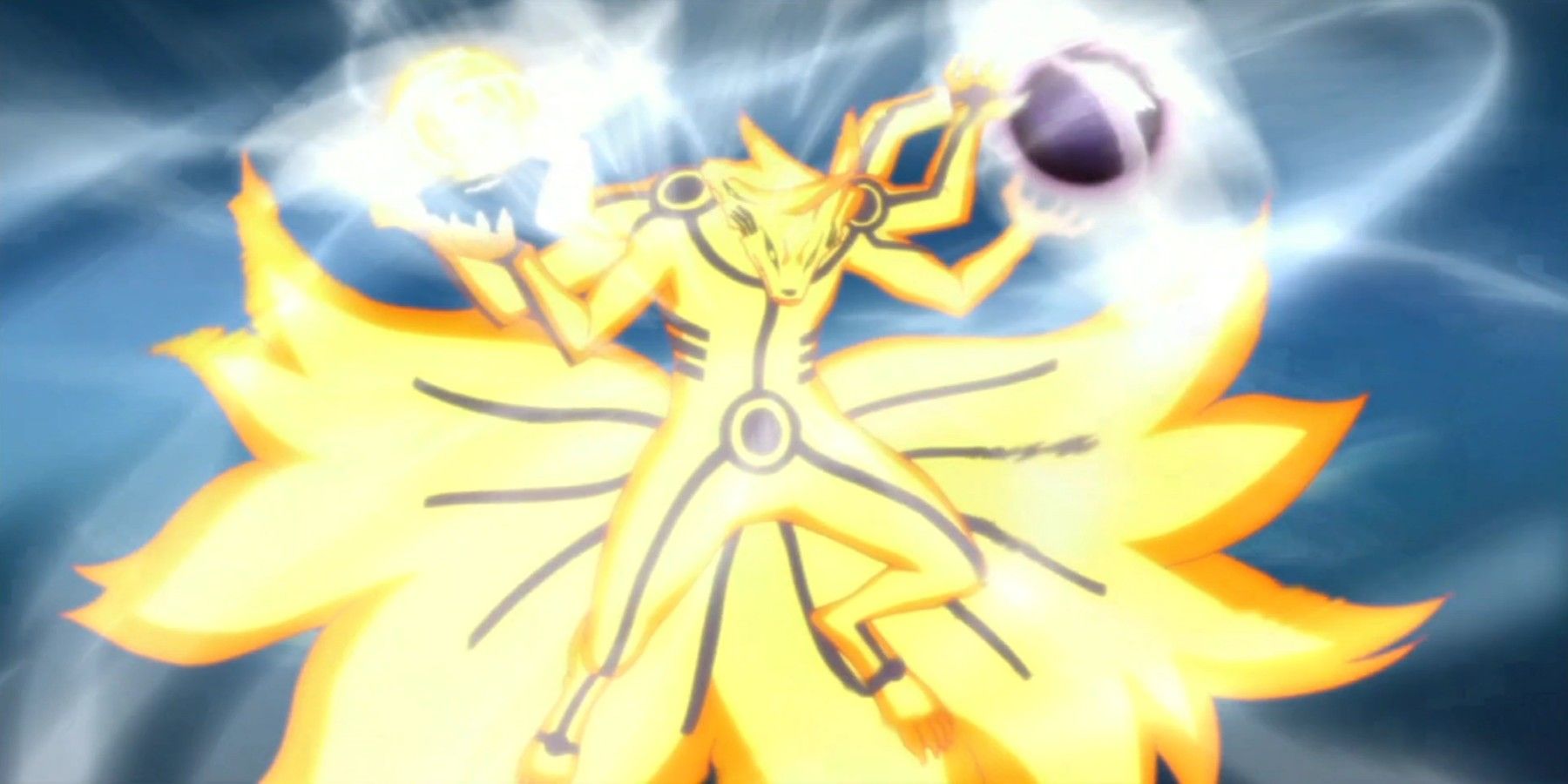A concept developed and implemented by the hidden villages of the shinobi world in Naruto, jinchuriki are individuals that have tailed beasts sealed inside them, potentially giving them access to immeasurable amounts of chakra and raw power. The term itself can be literally translated as "power of human sacrifice," referring to the risks that becoming a jinchuriki has for the host, as well as those living around them. Jinchuriki can either take their tailed beast's chakra by force or enter a sort of symbiotic relationship with them, through various means. For instance, Naruto was initially able to access some of the Nine-Tails chakra even in his youth, when triggered by extreme injury or intense emotions. High chakra reserves or unique types of chakra are ideal to ensure the host's survival in most cases. These factors also aid in improving their compatibility with the tailed beast should they choose to hone their abilities in harnessing the power now stored within their bodies.
Despite the extremely noble nature of the role, along with the massive amounts of power wielded by those who take it on, jinchuriki are often ostracized by the villages they belong to, with very few exceptions. Many jinchuriki in Naruto were openly hated by their fellow villagers, most notably in the cases of Gaara and Naruto. Alternatively, as jinchuriki are still valuable assets to their villages, it is not in the villages' interest to allow them to be captured or become rogue ninja. A number of jinchuriki have also been related to the Kage of their respective villages, in the cases of Gaara, son of the Fourth Kazekage, Killer B, the adoptive brother of the Fourth Raikage, and Naruto, son of the late Fourth Hokage. This measure was devised to strengthen the jinchuriki's bond with their village, although the results of this approach have diverged greatly depending on various factors.
Bringing Balance To The Shinobi World
Nearly a thousand years prior to the start of the story, the Sage of Six Paths, Hagoromo Otsusuki, defeated the Ten-Tails, created from the merger of his mother, Kaguya Otsusuki, and God Tree. In doing so, he sealed the beast's chakra within himself, becoming the first jinchuriki in history. The incredible power he gained through this, allowed him to perform nigh on miraculous deeds throughout his travels, earning him the status of a legendary figure in the shinobi world. While nearing the end of his lifetime, Hagoromo realized that his death would mean the release of the Ten-Tails, and hence, he split its chakra into the nine tailed beasts. The nine roamed the planet for centuries, each developing their own personality and shared experiences. Sadly, they were always misunderstood by humanity, and were perpetually antagonized by the shinobi world. More often than not, they were exploited as sources of power, evidenced in Madara's use of Kurama in his battle against Hashirama at the Valley of the End.
On taming most of the tailed beasts with his mastery of Wood Release, Hashirama distributed them among the Five Great Nations and shinobi villages. This measure was a mark of trust between the villages, where the tailed beast given to each one of them served as a deterrent against invasion by external forces. As a means of safely storing the tailed beast's chakra until a time when it would come to be necessary, the villages came up with the idea of jinchuriki. Hashirama's own wife, Mito Uzumaki, became the first jinchuriki of the Nine-Tails, Kurama, a role she would pass on to Kushina Uzumaki, who would then be forced to hand over this responsibility to her infant son Naruto in her last moments.
Sealing Techniques And Risks
Tailed beasts are generally sealed into the bodies of their jinchuriki at an early age, allowing them to acclimatize to the entity and its massive chakra dwelling inside them. After a certain duration, the host's chakra naturally adapts and syncs with that of the tailed beast, which is the reason behind this practice. Different sealing techniques are employed by the various hidden villages, where, Konohagakure used the Eight Trigrams Seal for the Nine-Tails, and Kumogakure used the Iron Armor Seal for the Eight-Tails. The seal weakens during periods of intense emotional stress or severe injury, which can be observed in the many instances where Naruto lost control of his chakra and began his transformation into the Nine-Tails. In such situations, the host's chakra is overwhelmed by that of the tailed beast, to a point where they lose their sense of self and begin attacking nearby observes indiscriminately. Additionally, for female jinchuriki, the seal becomes especially weak during childbirth, where the infant's life is prioritized over the task of suppressing the tailed beast.
Once sealed inside the body of a host, the tailed beast can only escape if the seal is weakened enough to release them, or if the beast's chakra is extracted completely. The act of extracting a tailed beast's chakra from the body of a jinchuriki is almost inevitably fatal. Only two known members of the Uzumaki clan — Naruto and Kushina — are known to have survived such an ordeal. Even in these cases, both were left in critical condition after the extraction was complete. Fortunately, if the jinchuriki is able to retain some of the beast's chakra, or if it is transferred to them by other means, the chances of survival increase quite considerably. The jinchuriki of the Ten-Tails can also survive the extraction process, although they will be left temporarily paralyzed on completion.
Power Beyond Imagination
Most jinchuriki can access their tailed beast's chakra by force, a skill that is developed through years of training. While doing so, it is vital to regulate the amount of chakra being extracted from the tailed beast through the seal, as excessive use can damage or potentially break these restraints, setting the beast loose. Some jinchuriki can enter a sort of symbiotic relationship with their tailed beast and make use of the limited chakra that escapes through the seal. In certain cases, the tailed beast may also freely grant chakra to the jinchuriki in order to slowly take over their body, or safeguard their own well-being as the death of the host has grave consequences for the beast as well. Some jinchuriki such as Naruto and Killer B were able to establish good relationships with their tailed beasts, such that they can freely make use of the beast's chakra reserves and even request them to cancel out genjutsu if required.
Accessing the chakra usually results in partial or complete transformations, as seen in the cases of Killer B, Yugito Nii, Gaara, or Yagura Karatachi — although Gaara did not have full control over Shukaku, the One-Tail. Naruto is an exception to this rule, as his use of Kurama's chakra initially manifests in the form of Nine-Tails Chakra Mode, which evolved to Kurama Mode, a completed version of this power up that was achieved once the Nine-Tails gave Naruto full access to his chakra. In all these cases, the jinchuriki will be able to make use of a tailed beast's ultimate attack: the Tailed Beast Ball. Created by mixing positive black chakra and negative white chakra in an 8:2 ratio, Tailed Beast Balls, can be fired as is to detonate over a large area, or swallowed by the beast and refocused as a beam of energy.
Lastly, each jinchuriki also gains access to their tailed beast's unique abilities and kekkei genkai on transforming. For instance, Shukaku's jinchuriki can manipulate sand and magnetic forces, Matatabi's can create blue flames, Isobu's can produce coral, Son Goku's can use Lava Release, Kokuō's can generate steam, Saiken's can secrete corrosive alkali, Chōmei's can fly and spin silk, Gyūki's can release Ink, and Kurama's can regenerate and detect negative emotions. Notwithstanding all this, the task of maintaining full control over a tailed beast is not one to be taken lightly, and it requires the jinchuriki to find something to fill the void of loneliness within their hearts and give them strength to prevail against the overwhelming power of the beast.

